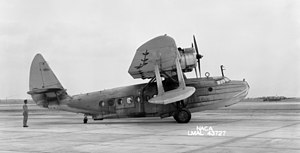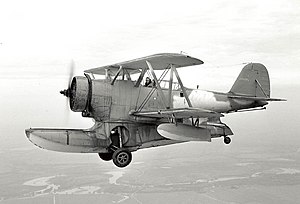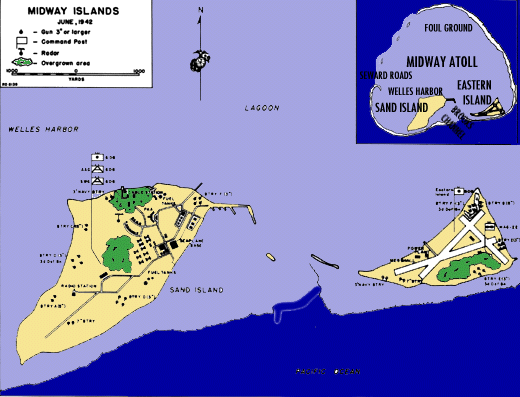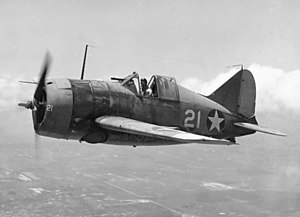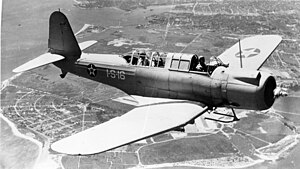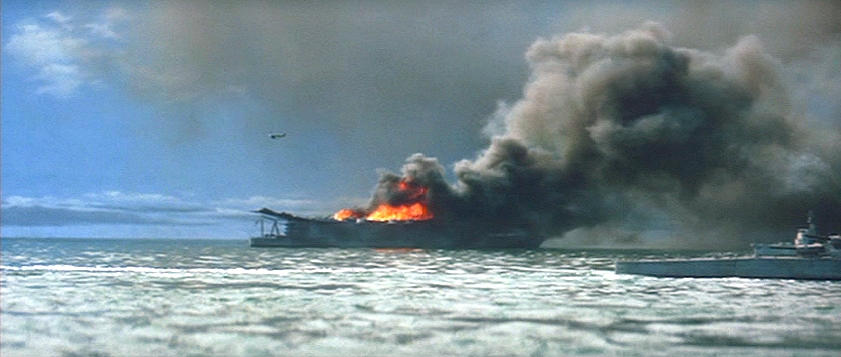The Battle of Midway: Plans and Approach
1145 Hours December 9
Halsey orders Brown link up with Newton and his cruisers and destroyers 100 miles south of Midway but to detach Spruance who will take the Enterprise, Yorktown, 2 heavy and 2 light cruisers and 9 destroyers to a position 200 miles WSW of Midway, which will put them behind the Japanese Invasion Fleet. Once that force is spotted by PBY's from Midway, Spruance is to launch strikes against them. Brown will hold his strike aboard the Lexington to be launched at the Japanese carriers when they are found. Brown and his force of 4 heavy cruisers, 10 destroyers and the Lexington will be close enough to either stage out of Midway to attack the enemy, or if Midway is hit and made inoperative, able to recover the survivors of strikes against the enemy carriers. Meanwhile the submarines Trout and Argonaut are directed to move 100 miles west to attack the enemy Invasion Fleet as it steams past them.
All aircraft in Midway Lagoon (12 PBY, 36 floatplanes) will take off at nautical twilight (0615 hours), while the strike aircraft (45 Dauntless, 17 Vindicator dive bombers that are operational) plus the 8 Buffalo fighters are to be on strip alert. They are already bombed up, having brought their bombs with them from their carriers, but the 3 Navy Bombing Squadrons (VB2, VB5, VB6) the Marine bombing squadron (VMSB 31) and Fighting 3. Captain Browning intends to lead that strike force himself flying one of the Dauntless divebombers of VB2.
0002 Hours
Yamamato and his staff are debating what to do next as word of Goto's defeat is digested. While the losses are serious the battle does show that the American fleet is nearby and thus can be brought to battle which is the entire point of the Midway Operation to begin with, and indeed is the objective of the entire campaign. The American battleship fleet has been neutralized, but the enemy carriers must also be brought to battle and destroyed to ensure that the Americans do not interfere with operations in Southeast Asia.
0300 hours
The fleet changes course to a direct heading for Midway, which will put the carriers and their escorts 50 miles from Midway at nautical first light (0612 hours). The carriers are to send 90 fighters into the air, with 60 to conduct a fighter sweep to catch the Americans as they try to get into the air while 30 will provide fleet CAP. Yamamoto and Yamaguchi assume the Americans will spot the 2nd Bombardment Force (all 4 battleships, 1 light cruiser and 3 destroyers) as soon as their air patrols take off at the same time, and by the time the American strike aircraft and fighters are in the air the Zero's will be upon them. The battleships will launch their float planes once fighter cover is over Midway and provide spotting with the fleet opening fire once it is within 30,000 yards (just under 15 miles) and close to 26,000 yards and continue bombardment until 1800 rounds total are expended, which should take 90 minutes.
Once the fighters are in the air, the carriers will launch 24 Kate's to provide extra search planes for the 8 float planes that are operational aboard the Chikuma and Tone. A strike force of 6 fighters, 6 Kate torpedo bombers, and 10 dive bombers from the Hiryu will seek and destroy any American ships in the local area, while an additional 18 fighters are launched from the remaining 3 Carriers to relieve fighters that have exhausted their ammunition or have been lost. Another 9 dive bombers from the Akagi, Kaga, and Shokaku will provide anti-submarine patrol while an anti-shipping strike is below in the hangers of those 3 carriers consisting of 21 Kate torpedo bombers, 24 Val dive bombers and 6 fighters (each ship) is readied to be launched when the enemy fleet is spotted. Fighters will be used after the fighter sweep is completed to provide the escorts for the missions later in the day.
The Japanese expect that the enemy will be sighted no later than 0900 hours but if not a second search will be conducted by aircraft from the Hiryu as well as the cruisers after Midway has been eliminated as a functioning American base. The Invasion Force will reach the area by 1100 Hours with the landing to be conducted at 12:30 hours, which is high tide and landing craft will have the easiest time getting over the reef while providing sufficient water for the patrol craft carrying additional soldiers to two islands of Midway Atoll. It is expected that after the bombardment and with the large number of troops available that the island should be taken quickly.

